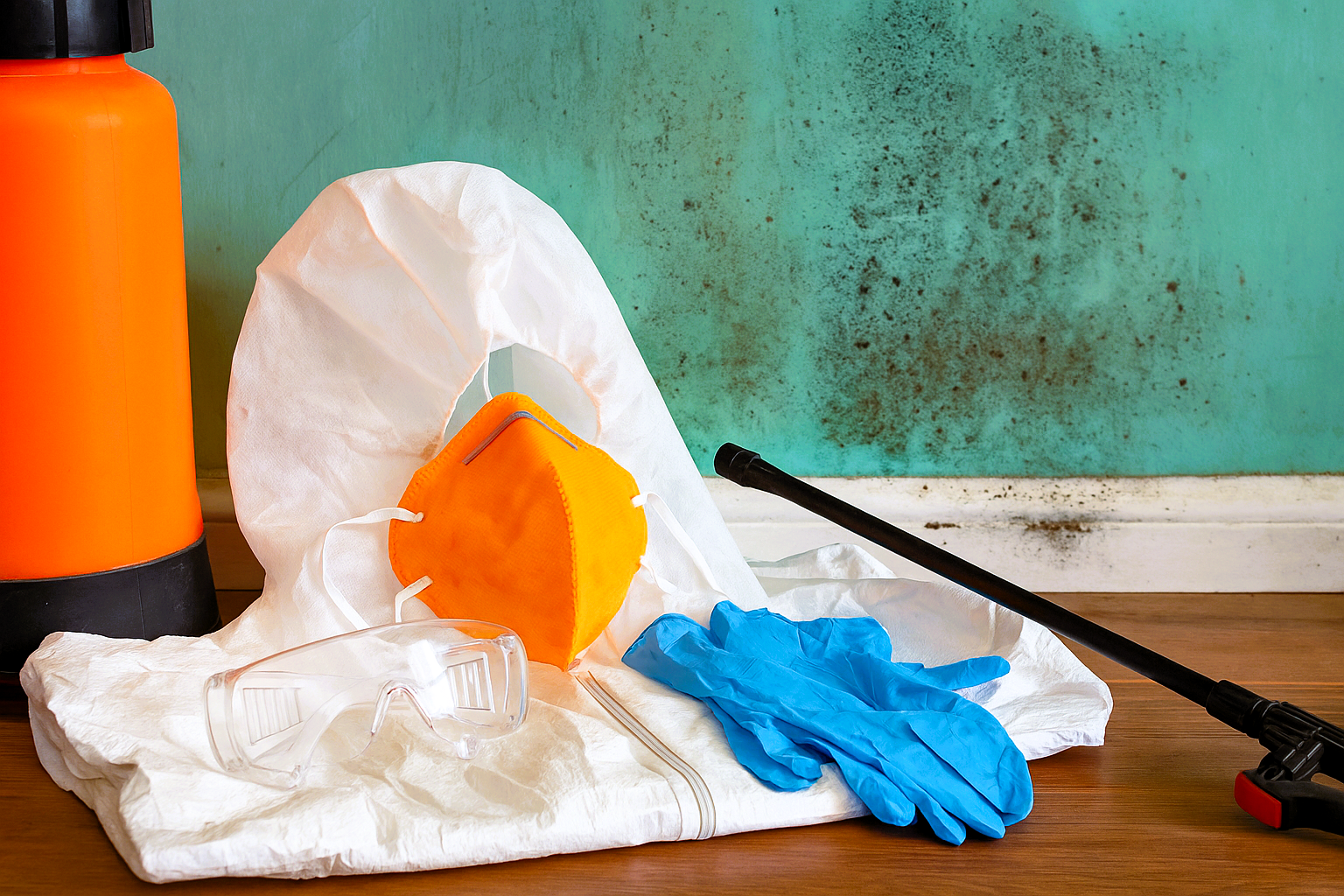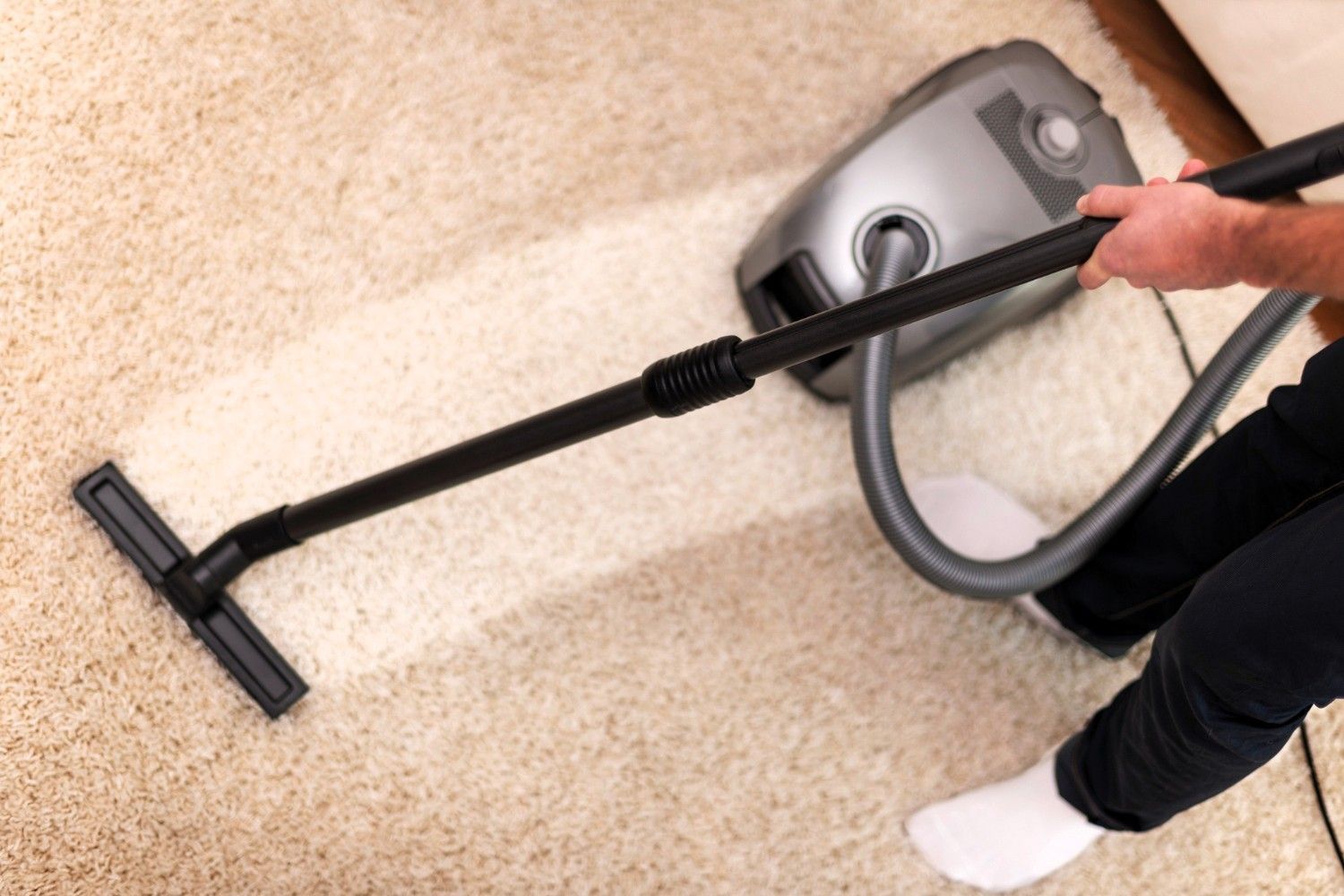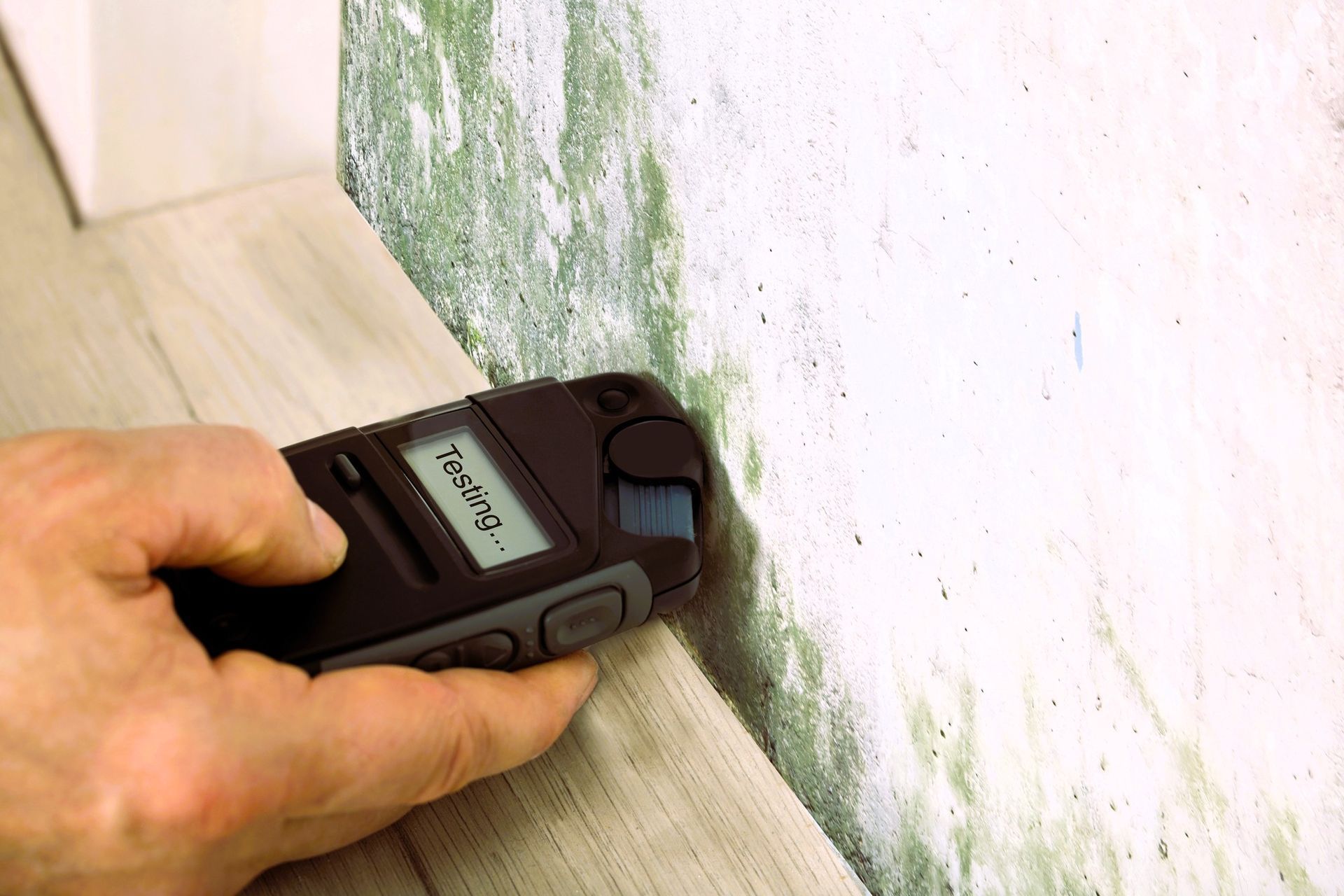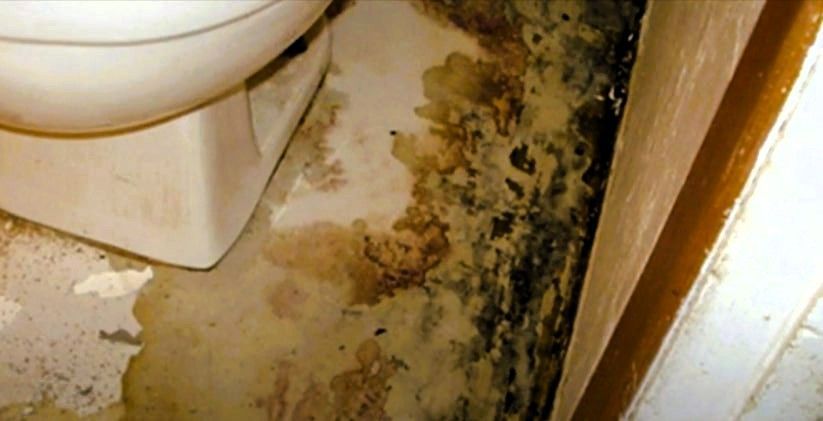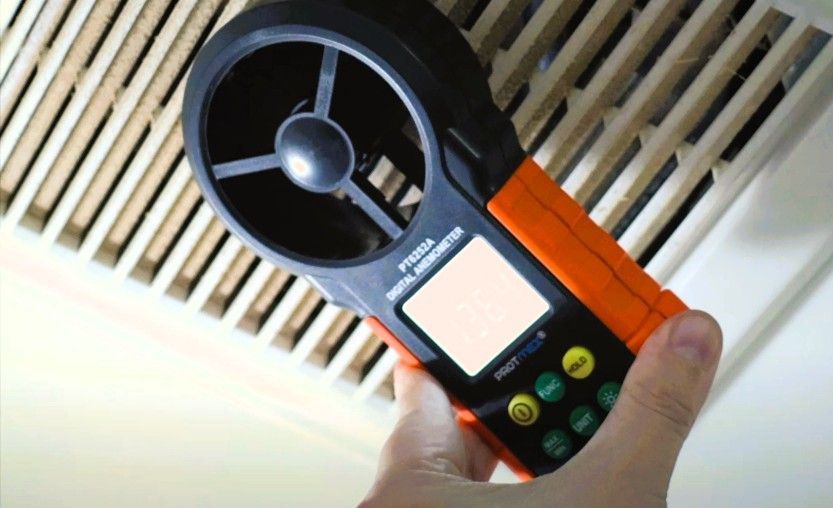Prevent Mold Growth with Seasonal Attic Maintenance
Keep your attic mold-free year-round with seasonal maintenance
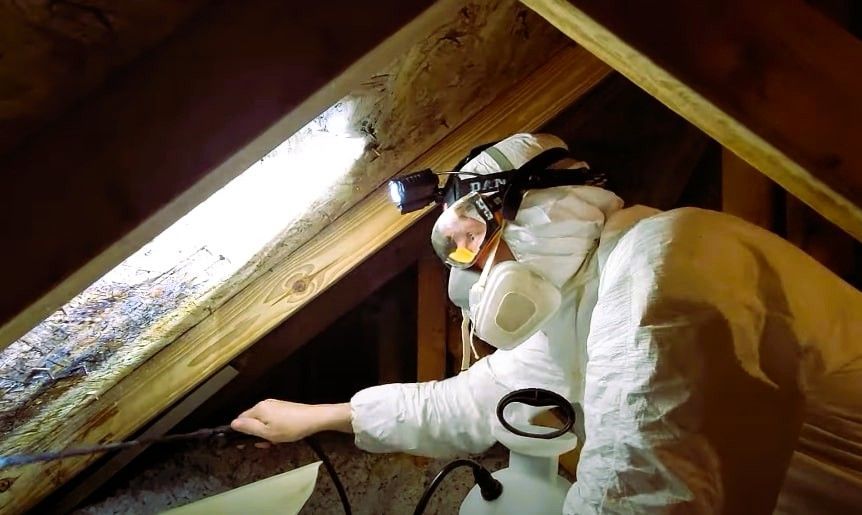
Your attic might not get much attention, but it’s a key player in keeping your home in great shape. If neglected, they can quickly become a hotspot for mold growth due to excess moisture, poor ventilation, and temperature fluctuations. Dealing with mold in the attic is more than just an annoyance—it can weaken your home’s structure, mess with the air you breathe, and leave you with expensive repair bills.
Keeping attic mold at bay starts with regular seasonal checkups. By inspecting and maintaining your attic throughout the year, you can keep moisture levels in check and protect your home from potential damage.
This guide will walk you through seasonal attic maintenance tasks designed specifically to prevent mold growth, ensuring your attic remains clean, dry, and mold-free year-round.
Why Seasonal Attic Maintenance Matters
Mold thrives in damp, poorly ventilated spaces, and attics provide the perfect conditions for growth. Things like roof leaks, condensation, or poor insulation can create the perfect conditions for mold to take hold and spread.
Skipping regular inspections and maintenance can let mold hide out for months, causing serious problems like:
- Health troubles – Breathing in mold spores can lead to allergies and respiratory issues.
- Structural damage – Over time, mold weakens wood, insulation, and drywall.
- High repair costs – The longer mold is left untreated, the more expensive it becomes to remove and repair the damage.
Sticking to a seasonal maintenance routine helps you spot minor issues before they become costly repairs and keeps your attic mold-free throughout the year.
Seasonal Attic Maintenance Checklist for Mold Prevention
Each season brings different challenges that can contribute to mold growth. Stay one step ahead of problems with a smart, seasonal maintenance plan tailored to your needs.
Spring: Repair and Refresh After Winter
Spring is the time to inspect your attic for any damage caused by winter snow, ice, and condensation. This season is about restoring airflow and fixing moisture issues before humidity levels rise.
- Look for leaks – Take a good look at your roof and attic for any signs of water damage. If you spot a leak, don’t wait—fix it right away!
- Remove excess clutter – Stored items can trap moisture and limit ventilation.
- Inspect and repair insulation – Damaged or compressed insulation can contribute to condensation.
- Look for signs of mold – Check for musty smells, dark spots, or stains on wood and insulation.
- Keep attic vents clear – Make sure your vents are open and free from blockages so air can flow easily.
Summer: Control Humidity and Ventilation
Hot and humid summer months can increase attic moisture levels, making mold prevention essential. This season is all about keeping things fresh and dry.
- Check that your attic fans and vents are in good shape—good airflow is key to stopping moisture from sneaking in.
- Inspect for condensation – Look for damp areas around pipes, ductwork, and insulation.
- Close up gaps and cracks – Keep that humid indoor air from sneaking into your attic.
- Monitor attic humidity – If levels are too high, consider using a dehumidifier.
Fall: Prepare for Cold Weather
As temperatures drop, preparing your attic for winter is key. Trapped moisture and temperature changes can lead to condensation and mold growth.
- Clear out your gutters and downspouts – Keep water flowing freely to avoid leaks sneaking into your attic.
- Check roof integrity – Look for damaged shingles, flashing, or any weak spots that could cause leaks.
- Remove debris from attic vents – Blocked vents trap moisture and reduce airflow.
- Test insulation effectiveness – Insulation helps regulate temperature and prevents condensation.
Winter: Prevent Ice Dams and Moisture Buildup
Winter presents unique challenges, including ice dams and poor ventilation, which can lead to excess moisture and mold growth.
- Watch for temperature fluctuations – Extreme shifts can cause condensation on attic surfaces.
- Prevent and remove ice dams – Ice buildup on the roof can cause leaks and water damage.
- Inspect after heavy snow or rain – Look for new signs of leaks or water intrusion.
- Close up attic doors and hatches – Keep your cozy indoor air from sneaking up into the attic.
- Check for mold growth – Be proactive in spotting early signs of mold formation.
Long-Term Mold Prevention Strategies
While seasonal maintenance is crucial, additional long-term strategies will help keep mold at bay:
- Improve attic ventilation – Ensure steady airflow to prevent moisture buildup.
- Opt for materials that fight mold – Think mold-resistant insulation or specially treated wood.
- Install vapor barriers – These help manage moisture levels and prevent condensation.
- Keep attic storage light – Too much clutter can hold moisture and block proper airflow.
- Schedule professional inspections – Have an expert check your attic at least once a year.
What to Do If You Find Mold in Your Attic
If you discover mold despite regular maintenance, act quickly to prevent it from spreading.
DIY Mold Removal (For Small Areas)
- Use a mixture of vinegar or hydrogen peroxide to clean affected surfaces.
- Apply mold removal products designed for home use.
- Gear up with gloves, a mask, and goggles to keep yourself safe and protected.
- Tackle the moisture problem head-on—whether it’s a leak, bad insulation, or ventilation troubles, sort it out as soon as possible.
When to Call a Professional
If mold covers more than 10 square feet, has penetrated insulation, or caused structural damage, it’s best to hire a mold remediation specialist.
Keep Your Attic Mold-Free Year-Round
Preventing mold growth in your attic requires consistent seasonal maintenance and proactive moisture control. Tackling small problems early helps you keep your home safe, breathe cleaner air, and avoid spending big on expensive repairs later.
If you need professional help, Grand Rapids Mold Relief offers expert attic inspections and mold prevention services to ensure your home remains safe and mold-free.
Act now to keep your attic dry and in great shape for the long haul.
